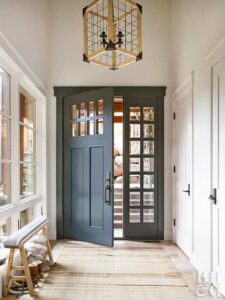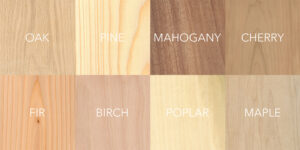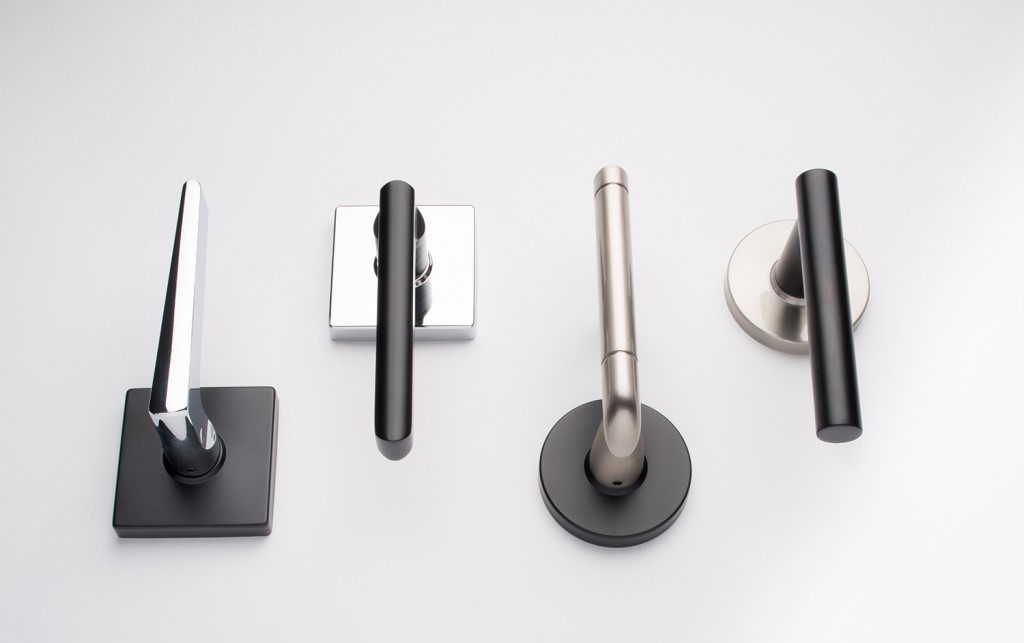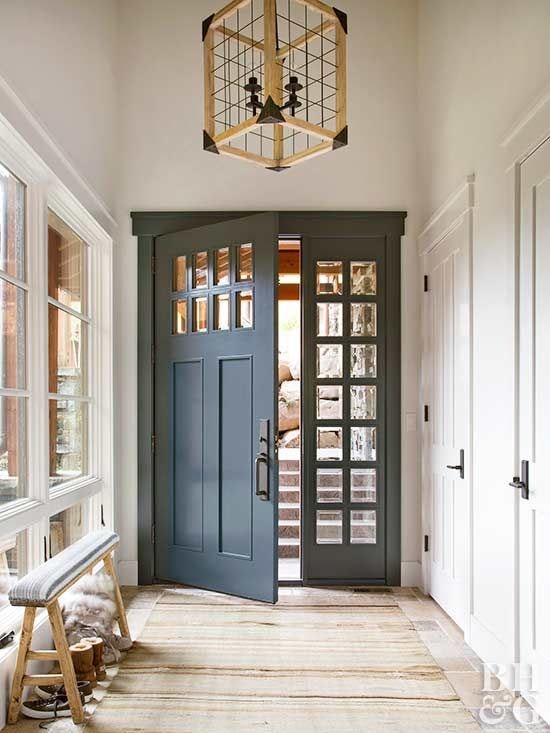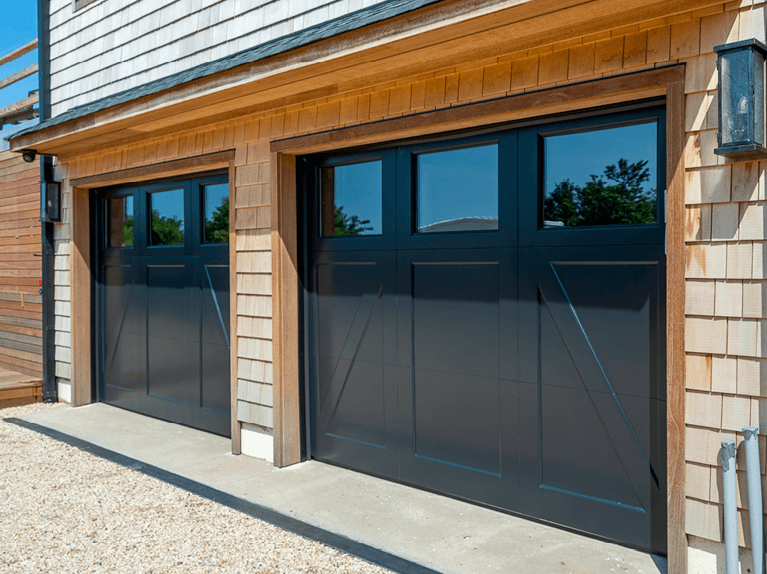
Designing a Modern Home: The Critical Role of Finishes
When designing a modern home, it’s easy to focus on the big-ticket items—open floor plans, expansive windows, sleek furniture—but often, the critical role of finishes is overlooked. Finishes are the materials and treatments used on surfaces such as walls, floors, ceilings, and cabinetry, and they can make or break a modern design. These seemingly small details are what ultimately tie a space together, adding texture, depth, and personality to an otherwise minimalist aesthetic. In modern design, where clean lines and simplicity reign, finishes play a vital role in transforming a space from ordinary to extraordinary. The right finishes enhance the overall look, create continuity, and bring warmth and character into a home that might otherwise feel cold or stark.
Choosing the Right Finishes for Texture and Depth
Modern home design often emphasizes minimalism, with sleek surfaces and a monochromatic color palette. To prevent these spaces from feeling flat or sterile, finishes that add texture and depth are essential. For example, matte finishes on walls or cabinetry can provide a sophisticated, understated look, while contrasting glossy finishes on countertops or tiles can create visual interest. Textured finishes, such as exposed brick, concrete, or wood, introduce tactile elements that make a room feel more dynamic and inviting.
Incorporating a variety of textures is one of the best ways to create depth in a modern home. Consider blending natural materials like wood, stone, and metal, each with their unique finishes. For instance, pairing smooth marble countertops with rough-hewn wood cabinetry or a polished concrete floor with plush fabric upholstery can create a balanced contrast that adds richness to the space. Thoughtfully layered finishes ensure that even minimalist spaces feel lived-in and welcoming.
The Role of Finishes in Unifying the Design
Consistency in finishes across different rooms is key to creating a cohesive, modern design. This doesn’t mean every surface needs to be identical, but rather that the finishes should complement each other and work together to tell a unified design story. For example, using the same flooring throughout the home—whether it’s hardwood, tile, or polished concrete—can create a seamless flow from one room to the next. Similarly, matching hardware finishes, such as brushed nickel or matte black, on door handles, light fixtures, and faucets can tie different areas together and reinforce a modern aesthetic.
A successful modern home often feels like a continuous space, where each room is part of a larger design vision. By selecting finishes that are complementary in tone, texture, and material, you can achieve this sense of continuity. Whether it’s through a consistent color palette, the repetition of materials, or harmonized fixtures, cohesive finishes ensure that every part of the home feels connected.
Finishes as a Reflection of Personality
While modern design is often associated with clean lines and neutral colors, finishes provide an opportunity to inject personality into a space. Statement finishes—such as bold tile patterns, metallic accents, or rich wood grains—can add a unique touch to an otherwise minimalist home. A backsplash of intricately patterned tiles in the kitchen or a feature wall clad in textured stone can become focal points that reflect the homeowner’s tastes while staying true to the overall modern design.
Personalization in modern homes often comes through subtle details, and finishes allow for creative expression without disrupting the clean, uncluttered look. For example, a custom wood finish on cabinetry, a distinctive metallic treatment on a feature wall, or an unexpected pop of color on a door or trim can make a room feel distinctly yours. These thoughtful touches ensure that the home’s modern design doesn’t feel too cold or impersonal, striking the right balance between formality and warmth.
Sustainability and the Role of Eco-Friendly Finishes
As sustainability becomes a central focus in modern home design, the choice of finishes can also play a role in reducing a home’s environmental impact. Many modern finishes now prioritize eco-friendly materials and low-emission treatments. For instance, reclaimed wood, low-VOC (volatile organic compound) paints, and sustainably sourced materials are not only good for the environment but also add a sense of authenticity and craftsmanship to the home.
Modern design often values simplicity and nature-inspired elements, making eco-friendly finishes a perfect fit. Whether it’s using bamboo flooring, recycled glass countertops, or water-based stains and sealants, these finishes align with the principles of modern design while promoting sustainability. Choosing environmentally conscious finishes not only enhances the aesthetic of the home but also contributes to a healthier living space by minimizing harmful chemicals and improving indoor air quality.
Conclusion: The Power of Finishes in Modern Design
Finishes are far more than just a final layer in the design process—they are the defining elements that shape the look and feel of a modern home. From adding texture and warmth to creating visual continuity and reflecting personal style, finishes play a critical role in bringing a modern design vision to life. Whether you’re choosing sleek metal fixtures, rich wooden surfaces, or sustainable, eco-friendly materials, the right finishes can elevate your home from functional to extraordinary. When carefully selected and thoughtfully applied, finishes provide the perfect finishing touch that ensures your modern home is not only stylish but also harmonious and inviting.
4o


